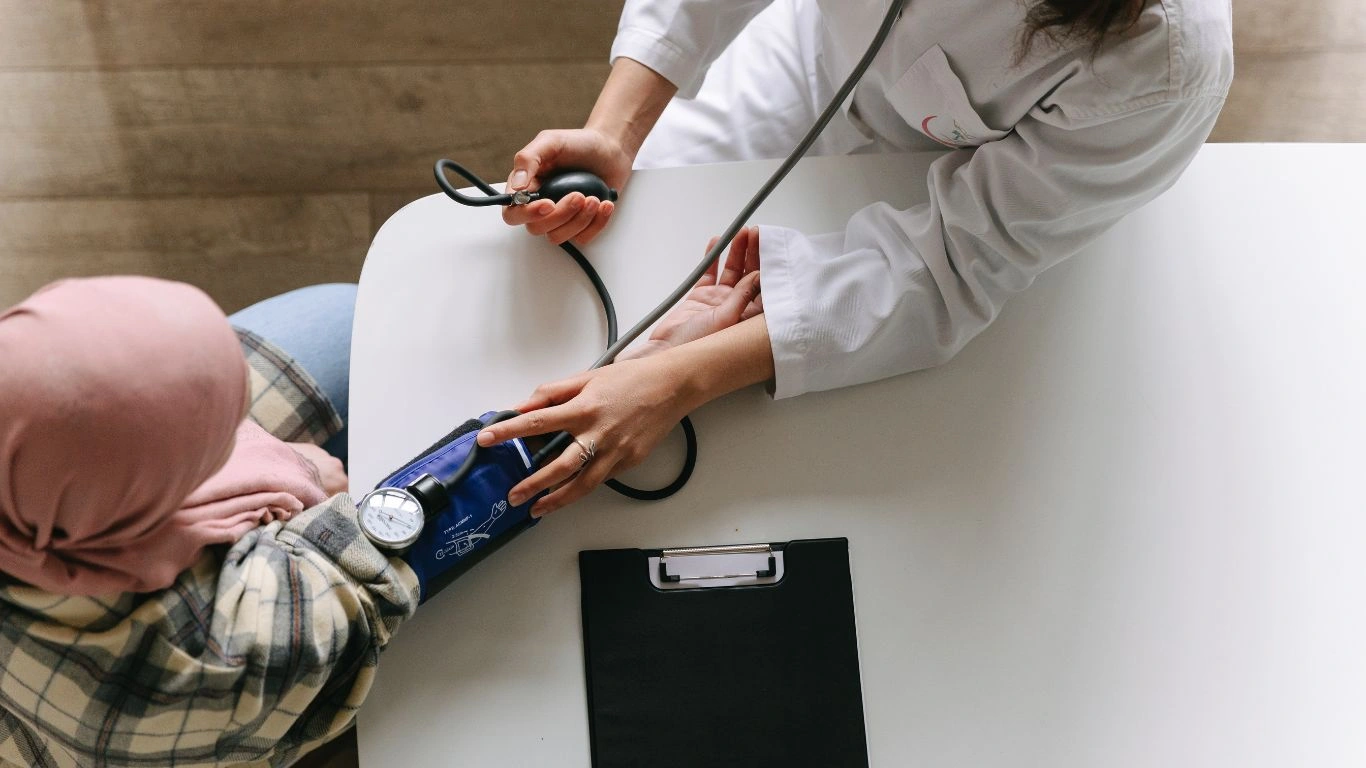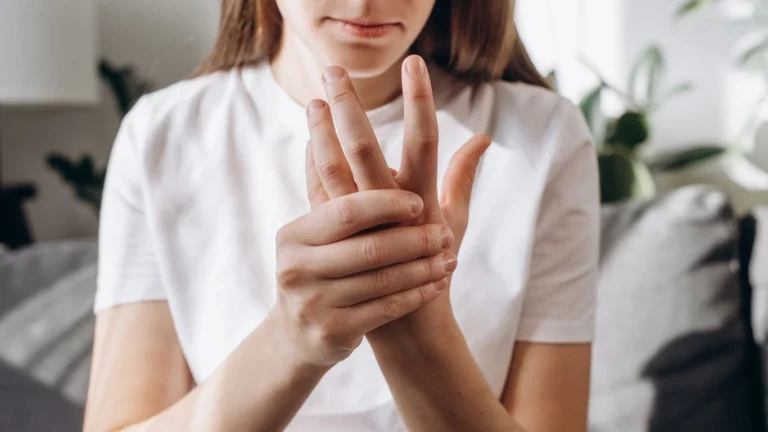Improve Circulation with Hypertension: 5 Simple and Effective Methods
Hypertension, or high blood pressure, is a condition that affects millions of people worldwide. As someone who specializes in this area, I’ve seen firsthand how challenging it can be to manage the symptoms and risks associated with it. One common question I get from my patients is, “How can I improve circulation with hypertension?” It’s a crucial concern because poor circulation is often linked with high blood pressure, and improving it can help reduce the strain on the heart and blood vessels. In this article, we’re going to dive into some practical and effective ways you can boost circulation while managing your hypertension.
What is Circulation and Why Does It Matter for Hypertension?
Before we get into how to improve circulation, let’s quickly review what circulation is and why it’s such an important factor when dealing with hypertension. Circulation refers to the flow of blood throughout your body, which delivers oxygen and nutrients to your tissues while removing waste products. Good circulation ensures that blood flows efficiently through your arteries and veins, keeping your organs and muscles functioning properly.
When you have hypertension, your blood vessels become narrower and stiffer, making it harder for blood to flow smoothly. This can put extra strain on the heart and other organs, leading to complications like heart disease, kidney problems, or even stroke. That’s why improving circulation is a key part of managing high blood pressure – it helps ease the strain on your cardiovascular system and can significantly improve your overall health.

Exercise: The Power of Movement in Circulation
When it comes to improving circulation, exercise is hands down one of the best things you can do. Now, I know what you’re probably thinking: “Exercise is hard when you have high blood pressure!” But trust me – it doesn’t have to be intense to make a big difference. In fact, moderate activities like walking, swimming, or cycling are excellent for boosting circulation and improving heart health. Plus, they come with the added bonus of helping to lower your blood pressure over time.
One of my patients, Laura, came to me a few months ago, frustrated with her hypertension medication regimen. After some discussion, we focused on adding a 20-minute walk every day. Within just a few weeks, she not only felt more energized, but her blood pressure had also dropped significantly. Regular exercise helps by expanding blood vessels, improving the heart’s efficiency, and helping with weight management – all of which play a role in improving circulation and lowering hypertension.
- Start small: Begin with short, low-impact activities and gradually increase intensity.
- Consistency is key: Aim for at least 150 minutes of moderate exercise per week.
- Incorporate variety: Try different activities like yoga, walking, or light jogging to keep it fun.
Nutrition: Eat to Support Healthy Circulation
What you eat plays a massive role in both circulation and hypertension. A diet high in processed foods, sodium, and unhealthy fats can wreak havoc on your blood pressure and circulation. On the flip side, eating nutrient-dense foods can help improve blood flow, lower blood pressure, and reduce inflammation.
For instance, foods rich in omega-3 fatty acids (like salmon, chia seeds, and walnuts) are fantastic for heart health. Omega-3s help to reduce inflammation and lower the levels of triglycerides in your blood, which can improve circulation. Magnesium-rich foods, like leafy greens, bananas, and avocados, also play a crucial role in relaxing blood vessels, which aids in improving circulation. Don’t forget the importance of fiber, which helps lower cholesterol levels and supports healthy blood vessels.

Incorporating foods like these into your diet can have a profound impact on your circulation and overall blood pressure. One tip I always share with my patients is to focus on a whole-foods, plant-based diet. It doesn’t have to be restrictive – just aim to include more fruits, vegetables, whole grains, nuts, and seeds into your meals. Small changes can lead to big improvements over time!
Stress Management: Relaxation Techniques for Better Circulation
We all know how stress can raise our blood pressure, but did you know that chronic stress can also affect circulation? When you’re stressed, your body releases hormones like adrenaline and cortisol, which constrict your blood vessels and make your heart work harder. This is a normal response in short bursts, but when stress becomes constant, it can lead to persistent circulation problems and exacerbate hypertension.
To improve circulation, it’s vital to incorporate stress management techniques into your daily routine. Things like meditation, deep breathing exercises, or even simple activities like journaling or listening to calming music can help lower stress levels and promote better blood flow.
- Try mindfulness: Apps like Headspace or Calm are great for beginners and can help you manage stress more effectively.
- Take breaks: It’s important to step away from work or other stressors and give your body time to unwind.
- Get creative: Find activities that help you relax, whether it’s painting, knitting, or a walk in nature.
I’ve worked with many patients who have seen real improvement just by dedicating a little time each day to relax. Stress reduction not only helps improve circulation, but it also plays a huge role in keeping your blood pressure in check.
Herbal Supplements and Natural Remedies for Hypertension and Circulation
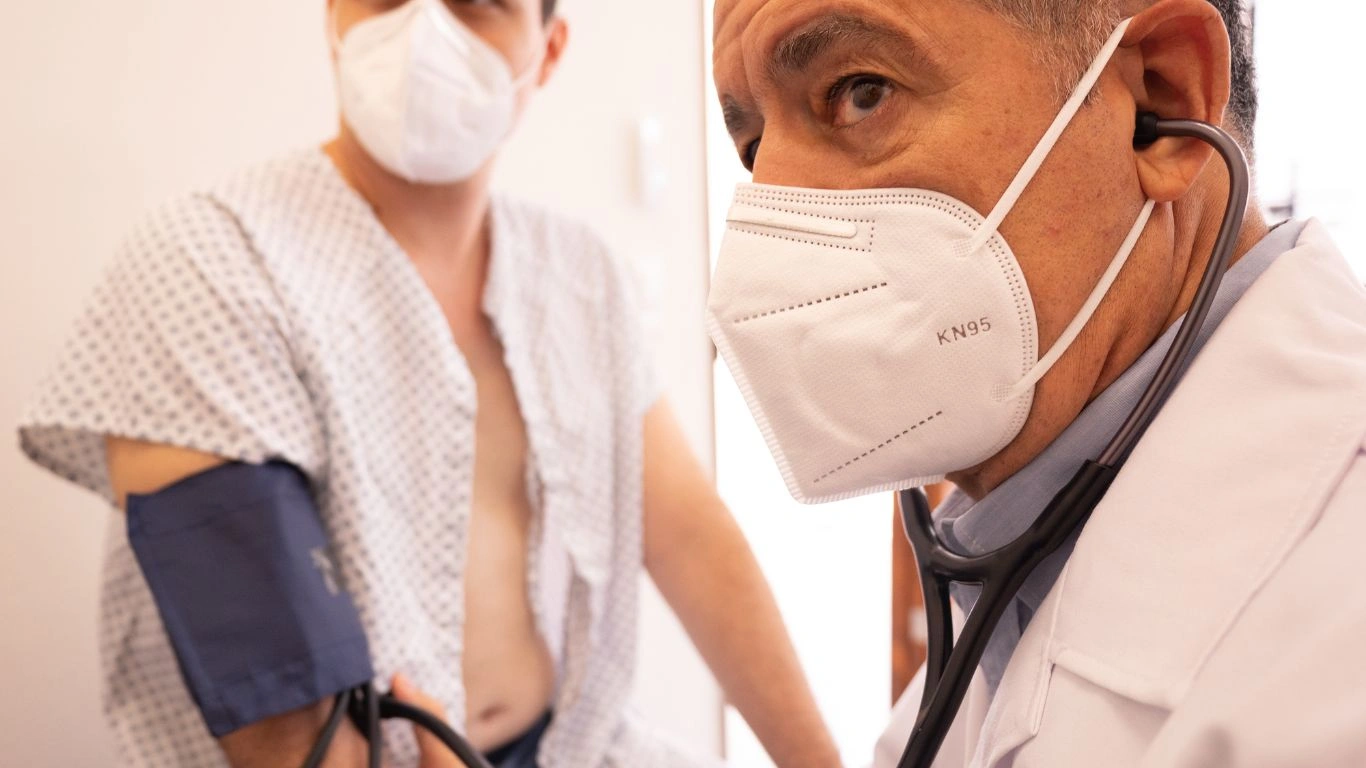
If you’re looking for natural ways to improve circulation, certain herbs and supplements can be incredibly helpful. Some of my favorites include:
- Ginger: This root has been shown to help improve blood flow by relaxing blood vessels.
- Garlic: Not only does it have heart-healthy benefits, but garlic can also help reduce blood pressure and improve circulation.
- Cayenne Pepper: The capsaicin in cayenne pepper can stimulate circulation and help improve overall cardiovascular health.
- Hawthorn Berry: This herb has long been used to support heart health and improve blood flow.
Of course, before starting any new supplements or herbs, it’s important to consult with your healthcare provider to ensure they’re safe and won’t interact with any medications you’re currently taking. But these natural remedies can be a great addition to your overall approach to improving circulation and managing hypertension.
By now, you should have a good understanding of how improving circulation can help with managing hypertension. In the next sections, we’ll dive deeper into more practical tips and tools to help you continue your journey toward better circulation and a healthier heart.
Hydration: The Role of Water in Circulation and Hypertension
We often overlook the importance of staying hydrated when it comes to managing hypertension and improving circulation, but it plays a significant role. I can’t tell you how many times I’ve had conversations with my patients about the simple, yet effective, benefits of drinking enough water. When your body is properly hydrated, your blood becomes thinner and flows more easily through your blood vessels, which is crucial for both lowering blood pressure and improving circulation.
When you’re dehydrated, your blood can become thicker, which means it has to work harder to circulate through your body. This can cause your heart to pump more forcefully, raising your blood pressure. Additionally, dehydration can also lead to your blood vessels constricting, which makes it even harder for your blood to flow efficiently.
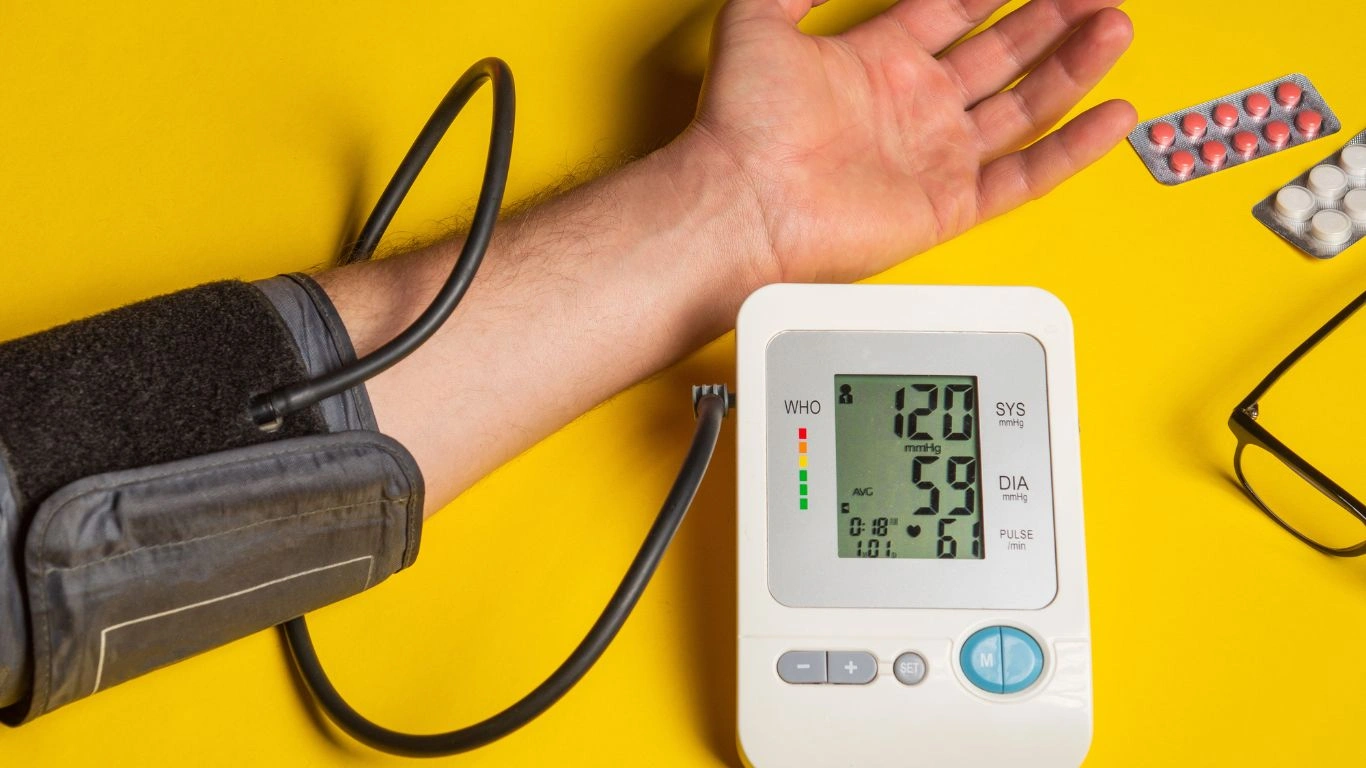
So, how much water should you be drinking? A general rule of thumb is to aim for about 8 glasses of water a day (around 2 liters), but individual needs may vary depending on factors like your activity level, climate, and overall health. One of my patients, Peter, struggled with chronic dehydration, which exacerbated his high blood pressure. Once he increased his water intake, he saw a noticeable improvement in both his circulation and blood pressure levels.
Remember, it’s not just about the quantity of water you drink, but also the quality. Opt for water that’s free of additives, and if you find plain water a bit boring, you can infuse it with fresh fruits or herbs like lemon, cucumber, or mint to make it more enjoyable.
Sleep: The Unsung Hero in Circulation and Hypertension
We all know that getting enough sleep is important, but did you know that it can also play a massive role in improving circulation and lowering blood pressure? When you’re well-rested, your body has a chance to repair and regenerate, including your cardiovascular system. Poor sleep, on the other hand, can wreak havoc on your heart health and circulation.
In my experience, sleep deprivation can significantly worsen hypertension. When you don’t get enough sleep, your body produces more stress hormones like cortisol, which can cause blood vessels to constrict, leading to higher blood pressure. Plus, poor sleep affects your heart rate variability (HRV), which is an indicator of how well your body can manage stress and recover after exertion.
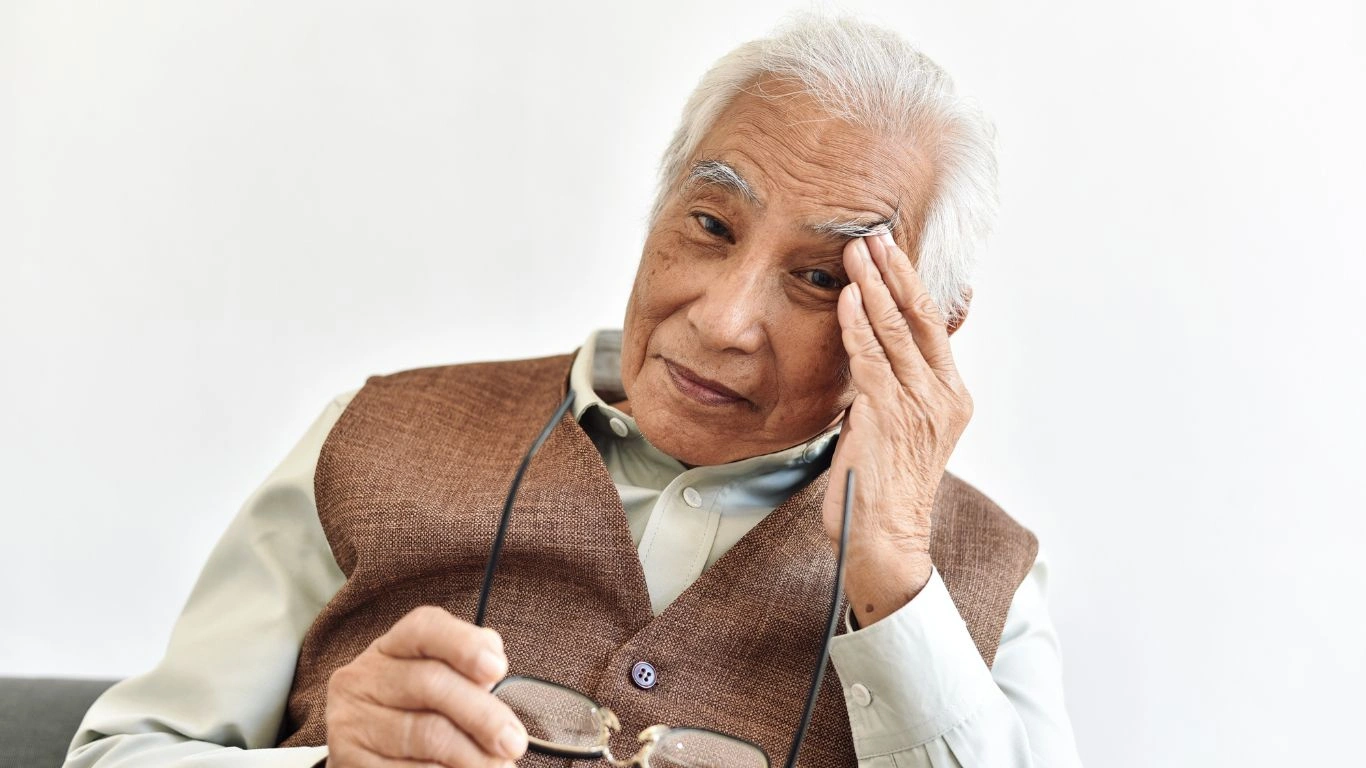
For optimal circulation and heart health, aim for 7 to 9 hours of quality sleep per night. I’ve worked with several patients who experienced significant improvements in both their blood pressure and circulation just by improving their sleep habits. If you struggle with sleep, try to establish a regular bedtime routine, limit screen time before bed, and create a calming environment in your bedroom. Small changes can make a big difference!
Compression Garments: A Little Help for Blood Flow
Now, this may sound a bit unusual, but compression garments can be incredibly helpful when it comes to improving circulation, especially if you have hypertension. Compression socks, sleeves, or stockings apply gentle pressure to your legs and feet, helping to promote blood flow back to the heart. They’re particularly useful for those who experience swelling or have a sedentary lifestyle that limits movement.
Compression garments help prevent blood from pooling in your lower extremities, which can reduce the risk of blood clots and improve circulation throughout the body. I’ve had patients with peripheral artery disease (PAD), a condition that often accompanies hypertension, who’ve found significant relief from using compression stockings. Not only does it help improve circulation, but it can also reduce leg fatigue and swelling – a common issue for people with high blood pressure.
If you’re considering compression wear, make sure to consult with your doctor or healthcare provider, as the pressure needs to be right for your specific condition. And remember, these garments are a supplement to a healthy lifestyle – they won’t replace the benefits of exercise, diet, or stress management, but they can certainly enhance your efforts.
Mind-Body Connection: Yoga and Meditation for Circulation
If you’ve never tried yoga or meditation, you’re in for a treat! These mind-body practices can do wonders for circulation and hypertension. Yoga combines physical movement with controlled breathing and mindfulness, which can help lower stress, relax the body, and improve blood flow. Meditation, on the other hand, helps calm the nervous system and can lower blood pressure by reducing the production of stress hormones.

One of my patients, Maria, had been struggling with high blood pressure for years, and after we introduced some gentle yoga and daily meditation into her routine, she reported feeling less stressed and more energized. Yoga helps stretch and open up blood vessels, especially in the chest and heart area, and the deep breathing techniques are fantastic for lowering blood pressure. Plus, it’s a fun way to work on your flexibility and overall health!
To get started, there’s no need for fancy equipment or expensive classes. You can start with simple yoga poses like downward dog, child’s pose, or gentle twists to help stimulate blood flow. Pair that with 5-10 minutes of mindfulness meditation each day, and you’ll begin to notice the benefits for your circulation and overall well-being.
Incorporating Circulation-Boosting Habits Into Your Daily Life
At the end of the day, improving circulation with hypertension is about making small, sustainable changes that add up over time. There’s no quick fix, but with consistent effort, you can take control of your heart health. Whether it’s through regular exercise, a diet rich in circulation-boosting foods, staying hydrated, managing stress, or trying natural remedies like herbal supplements – all these things contribute to better blood flow and lower blood pressure.
It’s important to remember that hypertension isn’t something you can cure overnight, but with the right approach, you can manage it effectively and improve your overall quality of life. I’ve seen many patients make incredible progress by combining these strategies. The key is consistency and patience, and finding what works best for your lifestyle.
In the next sections, we’ll dive deeper into additional strategies and tips that can help you stay on track and keep improving your circulation. Keep up the great work – every step you take toward better health counts!
The Role of Supplements in Improving Circulation with Hypertension
While a balanced diet and regular exercise should always be your top priorities when it comes to managing hypertension and improving circulation, some people find that supplements can provide an extra boost. However, it’s essential to approach supplements with caution – they’re not a substitute for a healthy lifestyle, but they can help support your efforts. Over the years, I’ve seen how certain supplements can benefit my patients, especially when used alongside other proven strategies for managing high blood pressure.
One supplement that has gained attention for its role in improving circulation is Coenzyme Q10 (CoQ10). This antioxidant is naturally produced in the body and plays a crucial role in energy production in cells. Studies have shown that CoQ10 can help lower blood pressure by improving endothelial function (the cells lining the blood vessels), which in turn enhances circulation. I’ve recommended CoQ10 to several patients with hypertension, and many have reported better energy levels and improved circulation, along with a slight reduction in blood pressure.

Another supplement worth considering is magnesium. This mineral plays an important role in muscle relaxation and the dilation of blood vessels, making it a great addition to your circulation-boosting strategy. Magnesium deficiencies are common, and addressing this with supplements or magnesium-rich foods like spinach, almonds, and black beans can have a positive impact on blood pressure and overall cardiovascular health. In my practice, I’ve noticed that patients who add magnesium to their daily routine often see improvements in both their sleep and blood pressure.
That being said, always check with your healthcare provider before introducing any new supplement into your regimen, especially if you’re on medication for hypertension. Some supplements may interact with medications or have side effects if not taken properly.
Maintaining a Healthy Weight for Optimal Circulation
If you’ve been living with hypertension for a while, you probably know that excess weight can make things more challenging. Carrying extra pounds puts additional strain on your heart and blood vessels, which can worsen circulation issues. However, I’ve seen firsthand that losing even a small amount of weight can lead to significant improvements in circulation and overall blood pressure. It’s not about achieving a specific number on the scale, but about reducing the burden on your cardiovascular system.
One of my patients, James, had struggled with his weight for years and found that his hypertension medications were becoming less effective over time. After we worked together on a gradual weight loss plan, including changes to his diet and exercise routine, his blood pressure dropped naturally, and he felt more energetic. By shedding just 10% of his body weight, he was able to significantly improve his circulation and lower his need for medication. It was a life-changing transformation for him.
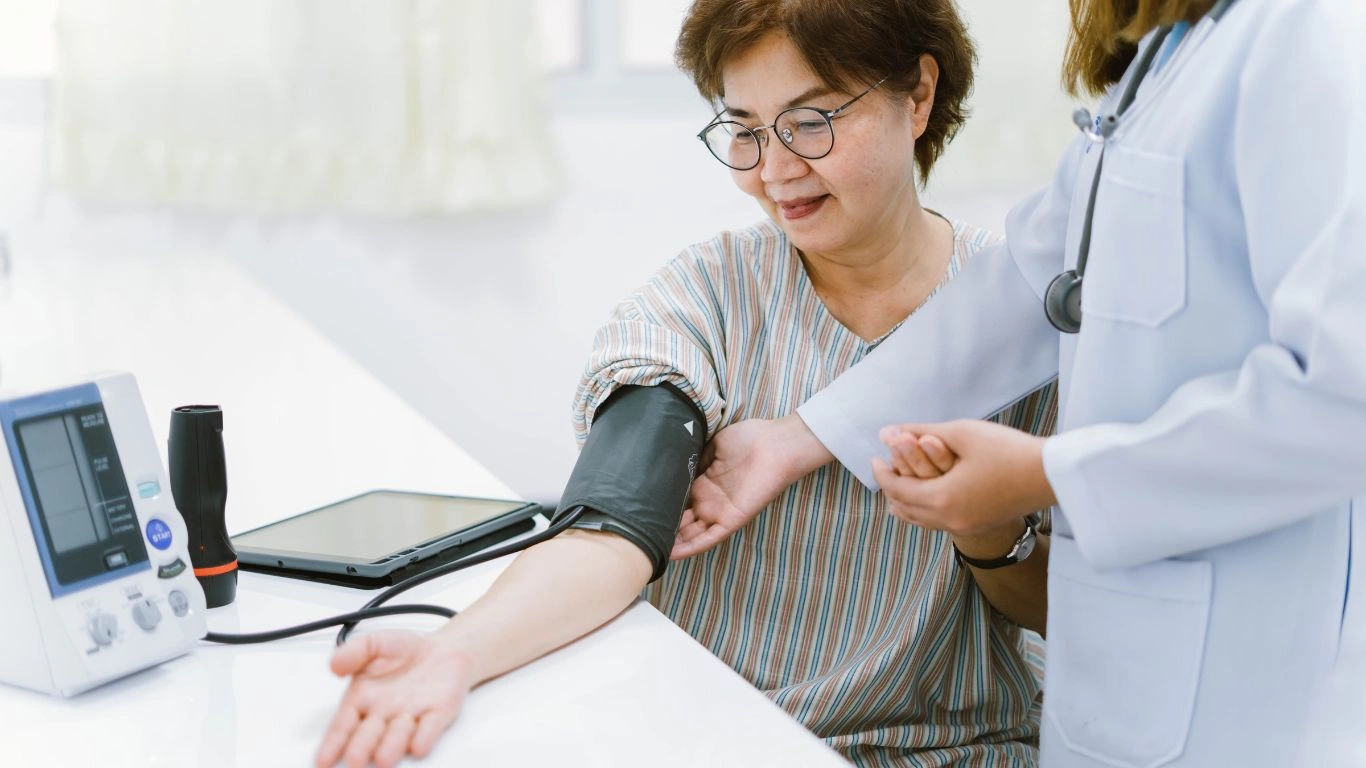
To maintain a healthy weight, focus on long-term changes rather than quick fixes. Start by making sustainable changes to your eating habits and incorporate more physical activity into your day-to-day life. Even small increases in activity, like taking the stairs or going for a brisk walk after dinner, can have a profound effect on circulation and weight management.
Regular Check-ups and Monitoring Your Progress
Managing hypertension is a journey, and just like any other health condition, regular check-ups are essential to staying on track. It’s so important to monitor your blood pressure regularly, especially if you’re working on improving circulation. Regular visits to your healthcare provider allow you to assess how well your strategies are working and make adjustments if needed.
Many people don’t realize how easy it is to monitor your blood pressure at home. In fact, I always recommend that my patients invest in a home blood pressure monitor. These devices are affordable and easy to use, giving you the opportunity to track your blood pressure in real-time and get a better understanding of how lifestyle changes, stress, or diet are affecting your body. I’ve had patients who’ve made huge strides in controlling their blood pressure just by staying on top of their numbers and making adjustments as needed.
However, it’s crucial to work closely with your healthcare provider to make sure you’re on the right track. They can help guide you through any necessary lifestyle changes and provide professional advice on medications, supplements, or additional treatments to improve circulation and manage hypertension.
Staying Motivated and Committed to Your Health
Improving circulation and managing hypertension isn’t something that happens overnight – it takes time and dedication. But I always tell my patients that progress, no matter how slow, is still progress. It’s important to stay motivated and remember that every step you take toward a healthier lifestyle is a step in the right direction. In fact, one of the most common struggles I hear from my patients is staying consistent with their new routines. It’s easy to get discouraged when you don’t see immediate results, but trust me, consistency is key.
One trick I use to help my patients stay motivated is setting small, achievable goals. Rather than focusing on a long-term, overwhelming goal like “I need to lose 30 pounds” or “I need to lower my blood pressure by 20 points,” I suggest breaking things down into smaller milestones. Celebrate each small win – whether it’s going for a walk every day for a week, reducing your salt intake, or improving your sleep habits. Over time, these small wins add up to significant improvements in your circulation and overall health.
Don’t forget the power of positive reinforcement. Acknowledge and reward yourself for your efforts. Whether it’s treating yourself to a movie, enjoying a relaxing bath, or taking time for your favorite hobby – give yourself credit for your hard work. Maintaining a healthy mindset will keep you on the path to success.
References and Disclaimer
It’s important to remember that the information provided in this article is intended for general informational purposes only and is not a substitute for professional medical advice, diagnosis, or treatment. Always consult your doctor or healthcare provider before making any changes to your diet, exercise routine, or taking supplements, especially if you have high blood pressure or other medical conditions.
For further reading and resources on hypertension and circulation, check out these trusted sources:
- HealthUsias – Hypertension Resources
- Centers for Disease Control and Prevention (CDC) – High Blood Pressure
- American Heart Association – Hypertension
By staying informed, committed, and proactive, you can make positive strides toward improving circulation and managing hypertension effectively. Keep up the great work!

Dr. Gwenna Aazee is a board-certified Internal Medicine Physician with a special focus on hypertension management, chronic disease prevention, and patient education. With years of experience in both clinical practice and medical writing, she’s passionate about turning evidence-based medicine into accessible, actionable advice. Through her work at Healthusias.com, Dr. Aazee empowers readers to take charge of their health with confidence and clarity. Off the clock, she enjoys deep dives into nutrition research, long walks with her rescue pup, and simplifying medical jargon one article at a time.
